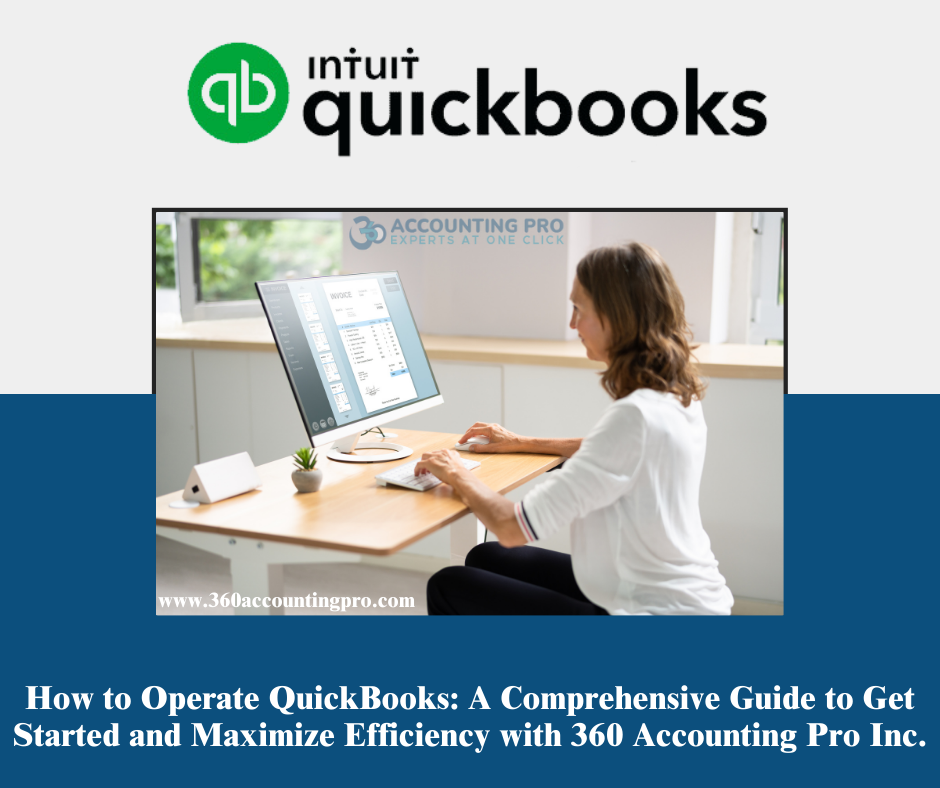

12-12-24
A Chart of Accounts (COA) is the organizational backbone of any accounting system. It categorizes financial transactions into structured accounts such as assets, liabilities, revenue, and expenses, providing businesses with a clear and accurate financial picture.
Whether you're using QuickBooks, Xero, or another accounting software, a well-structured COA is essential for financial reporting, compliance, and strategic decision-making. At 360 Accounting Pro Inc., we help businesses set up and optimize their Chart of Accounts to ensure accuracy and efficiency.
A properly structured COA allows businesses to:
Maintain Financial Accuracy – Ensures all transactions are categorized correctly.
Comply with GAAP & IRS Regulations – Essential for audit readiness and tax compliance.
Improve Decision-Making – Provides insights into financial performance and expense management.
Streamline Financial Reporting – Enhances clarity in income statements and balance sheets.
Support Industry-Specific Needs – Customized COAs help businesses track industry-specific financials.
A construction company approached 360 Accounting Pro Inc. after suffering unexpected financial losses due to poor COA setup. The issues included:
Misallocated project costs
Misclassified payroll and materials expenses
Revenue recognition errors, leading to inflated income reports
These errors resulted in misleading financial reports, inaccurate project bids, and significant profit losses.
Our team restructured their Chart of Accounts by:
Creating project-specific accounts for accurate cost tracking
Implementing standardized debits and credits
Ensuring GAAP-compliant financial reporting
Accurate profit and loss tracking per project
Reliable financial reports for better decision-making
Recovered $50,000 in previously untracked project costs
This case highlights the importance of a well-organized COA and how 360 Accounting Pro Inc. can help optimize your financial structure.
A COA is divided into five main categories:
Assets – Cash, accounts receivable, inventory
Liabilities – Loans, accounts payable
Equity – Owner’s capital, retained earnings
Revenue – Sales, service income
Expenses – Rent, salaries, utilities
Each industry requires unique financial tracking:
Real Estate – Tracks rental income, mortgage payments, property maintenance
Restaurants – Focuses on food costs, employee wages, vendor payments
Trucking & Logistics – Tracks fuel, vehicle maintenance, fleet insurance
Construction – Requires job costing and project-specific accounts
Nonprofits – Needs fund accounting and grant tracking
Customizing your COA ensures accurate financial tracking and compliance.
A logical numbering system organizes accounts efficiently:
Using a consistent COA numbering structure simplifies financial reporting and auditing.
For businesses that require audits or regulatory compliance, structuring the COA to align with GAAP (Generally Accepted Accounting Principles) is essential.
A well-organized COA:
Meets legal and regulatory requirements
Ensures transparency for investors and stakeholders
Prepares businesses for tax filings and audits
Using accounting software like QuickBooks or Xero simplifies COA management by:
Automating financial entries
Generating real-time reports
Reducing manual errors
Providing cloud-based access
At 360 Accounting Pro Inc., we assist businesses in setting up a customized COA in QuickBooks, Xero, and other platforms.
Improper Classification – Payroll recorded as administrative expenses instead of COGS.
Lack of Granularity – Insufficient account details for real estate or logistics tracking.
One-Size-Fits-All Approach – Ignoring industry-specific financial tracking needs.
Solution: Work with 360 Accounting Pro Inc. to create an industry-specific COA that aligns with your business needs and accounting standards.
We offer expert COA setup and optimization services, including:
Custom Chart of Accounts Design – Tailored for restaurants, real estate, construction, trucking, and nonprofits.
QuickBooks Setup & Training – Learn how to create and manage a COA effectively.
Audit & Cleanup Services – Review and optimize your existing COA for accuracy and compliance.
Ongoing Financial Support – Adapt your COA as your business evolves.
A well-structured Chart of Accounts is the foundation of accurate financial management. Poor COA setup can lead to financial misstatements, cash flow issues, and compliance risks.
At 360 Accounting Pro Inc., we help businesses design and implement a COA that enhances financial transparency, efficiency, and compliance.
Contact us today to ensure your Chart of Accounts is optimized for success!
Tags : #ChartOfAccounts, #COASetup, #FinancialReporting, #SmallBusinessAccounting, #AccountingBestPractices, #GAAPCompliance, #QuickBooksSetup, #XeroAccounting, #FinancialInsights, #AccountingSoftware, #FinancialManagement, #BusinessAccounting













































.jpg)
.jpg)
.jpg)
.jpg)


).jpg)














 Get A Quote
Get A Quote
Leave A Comment